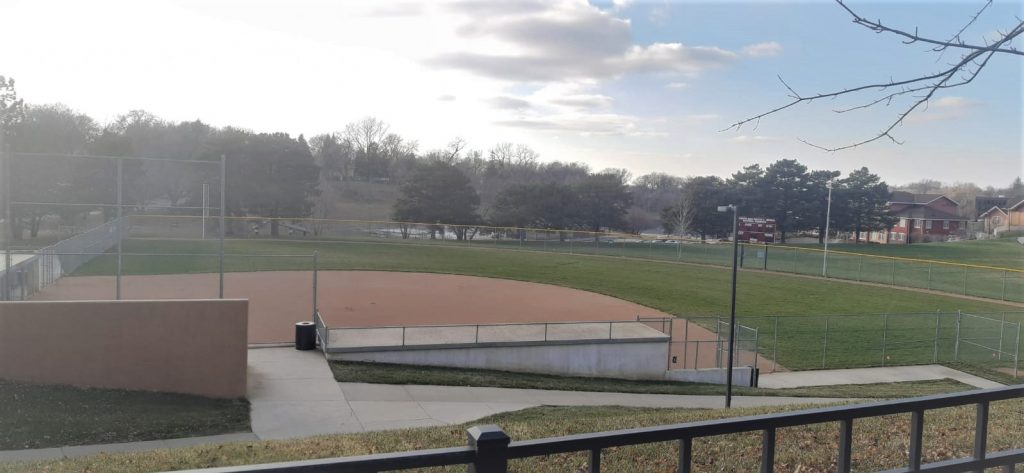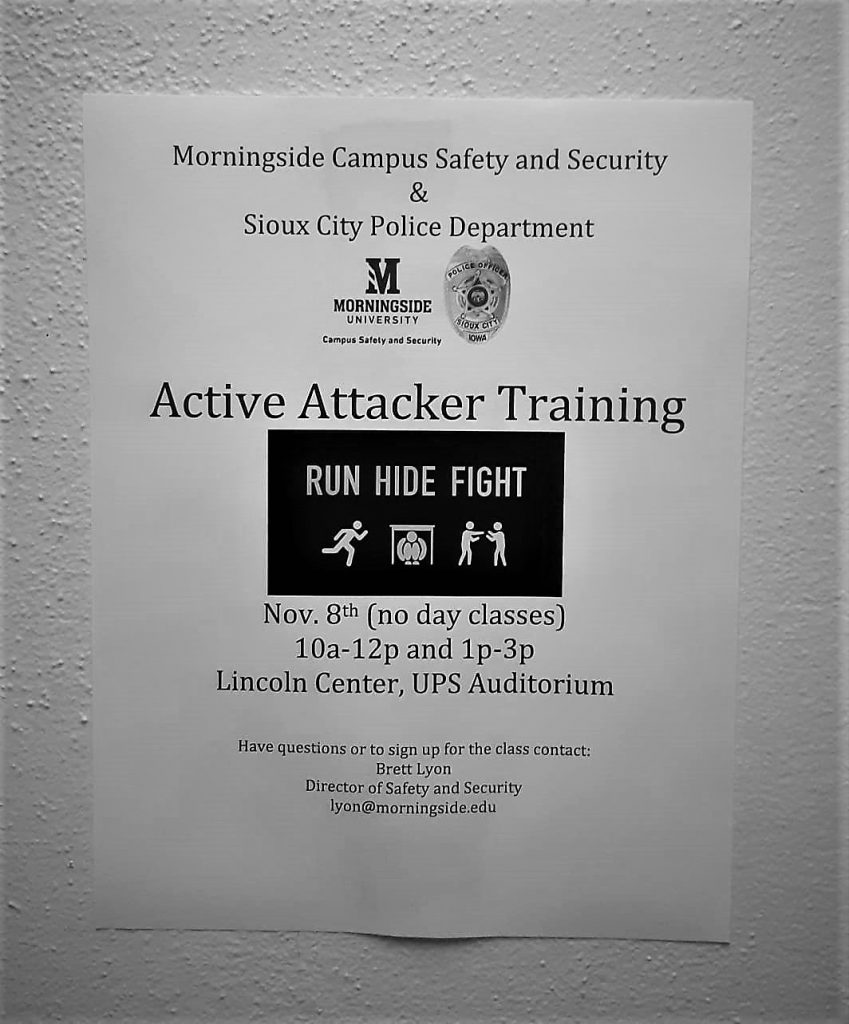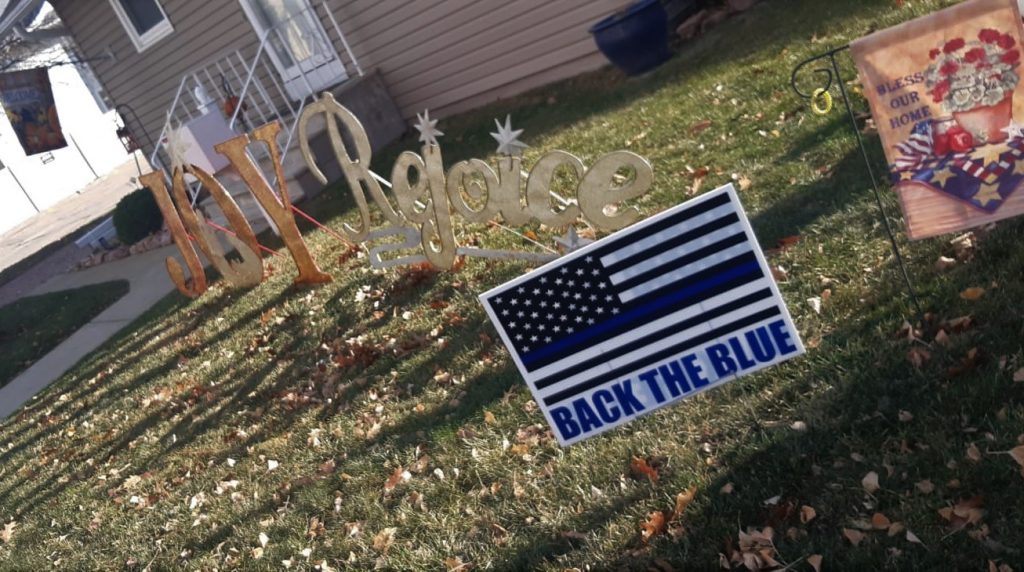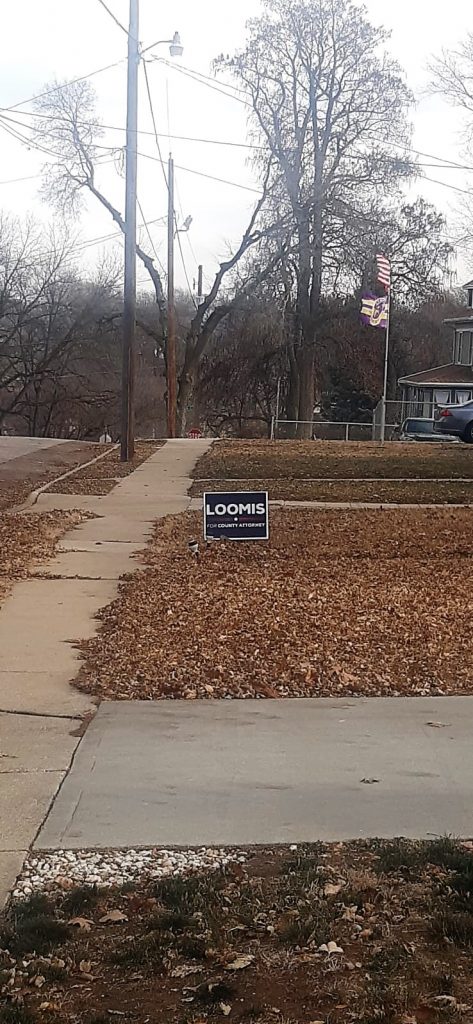“On your marks.” “Get set!” “BAAAAKE!” These are the three commands that Noel Fielding and Matt Lucas exclaim at the start of each challenge in the Great British Baking Show. The competitors waste no time pulling out their recipes, aware that they only have limited time to complete their ambitious baking projects. As the challenges progress, viewers can watch the bakers run back and forth between their workstations and fridges while others stir their batter at a speed that is telling of the stress they are under. In the heat of the moment, one baker forgets to preheat their oven while another burns their caramel in a moment of inattentiveness.
In short, besides baking talent, the competition features stress, chaos, and quite often also disaster. Ironically, what sounds like a very stressful show to watch, has become a form of entertainment known for its calm, uplifting effects.
This feel-good content is available in bulk. Streaming-service subscribers can select from at least a dozen different baking shows from different countries that all feature different skill levels as well as baking and entertainment purposes.
Is it Cake? features skilled cake artists deceiving and astonishing the judges and viewers by replicating objects as extremely realistic-looking cakes.
On the other side of the spectrum, Nailed It! delivers hilarious baking comedy in five different countries. The idea of the show is to let completely unskilled but certainly confident amateur bakers with a terrible baking track record fail at recipes that require professional skills.
And somewhere in between, The Great British Baking Show is a light-hearted competition of highly skilled amateur bakers who get to prove their skills in a variety of baking disciplines.
According to Rachel Johnson from MovieWeb, many viewers turn on episodes of baking shows to escape stress in real life. But what exactly is it that makes viewers think of these shows as calming?
Johnson said, “Watching exceptional bakers motivate and encourage one another without the negativity of drama is a refreshing feat to witness, which makes the uplifting British baking competition The Great British Bake Off one of the most wholesome and enjoyable programs available today.”
What is wholesome about baking shows is their lack of hostility and abundance of encouragement between contestants. Across the different shows, competitors often help each other and celebrate everybody’s successes as if they were their own. The judges are typically renowned baking professionals in their respective countries yet are down to earth and always up for cracking a joke with the competitors and hosts.
The shows also live up to their name and status as reality TV shows by featuring ordinary people as well as genuine dialogues and interactions. In many shows, the audience gets to find out about the competitors’ backgrounds and aspirations which adds a level of relatability.
Former Morningside student Parker Stoffle prefers to watch the category of calm and light-hearted baking shows because they depict how the bakers deal with difficult situations. “It shows how even someone with a lot of talent in their own field can struggle or forget common things under a time constraint,” he said.
An added benefit of watching baking shows is the amount of knowledge viewers can learn for their own baking endeavors.
Junior Jil Hellerforth likes to watch American wedding cake shows and the German version of the Great British Baking Show – Das Grosse Backen/The Great Bake – for that reason. She said, “I like learning how to make all these foods. It’s crazy how a cake comes together and how much work is behind it but how at the same time it’s simple steps.”
She added that it is nice that the candidates bring their own recipes with them that they have developed and worked on for a long time.
Baking shows are particularly popular during the holidays. Some of them are innately created with a holiday theme in mind while the most successful non-holiday shows are replicated into festive spin-offs.
Freshman Moriah Dixson said she watches baking shows randomly but tunes in more often during the Christmas season. She particularly enjoys the competitive aspect of the baking shows and has watched a variety of different shows – from Cupcake Wars and Nailed It! all the way to the Holiday Baking Championship, Halloween Wars, and the Great British Baking Show.
Stoffle also particularly watches baking shows during holiday seasons when the competitors are asked to create desserts with a festive theme. Among his favorites are Cupcake Wars and the Great British Baking Show.
And Hellerforth said she generally watches the shows on a weekly basis when she needs a break from studying but also watches them more often during the cold months when she spends more time inside.
The success of baking shows really took off in the US during the COVID-19 pandemic when people in lockdown were taking up baking as an activity to keep their minds busy. With their newfound interest in baking, they also turned to the shows as a way to further enjoy their new hobby.
In October 2020, the Great British Baking Show was among the top 10 streaming list of Nielsen. Since then, the success has not lessened and has even spilled over into the sale of cookbooks. The book of Great British Baking Show judge Paul Hollywood and former host Mary Berry was among the three bestselling baking cookbooks in November 2021.
Whether it is a fresh batch of bakers looking to dive deeper into their newfound hobbies or people realizing their calming potential, the demand for baking shows on streaming platforms is big. So is the variety of shows available. While not all shows may be able to get renewed for several seasons, they all add their part to the variety of light-hearted, stress-relieving content that people seek.






